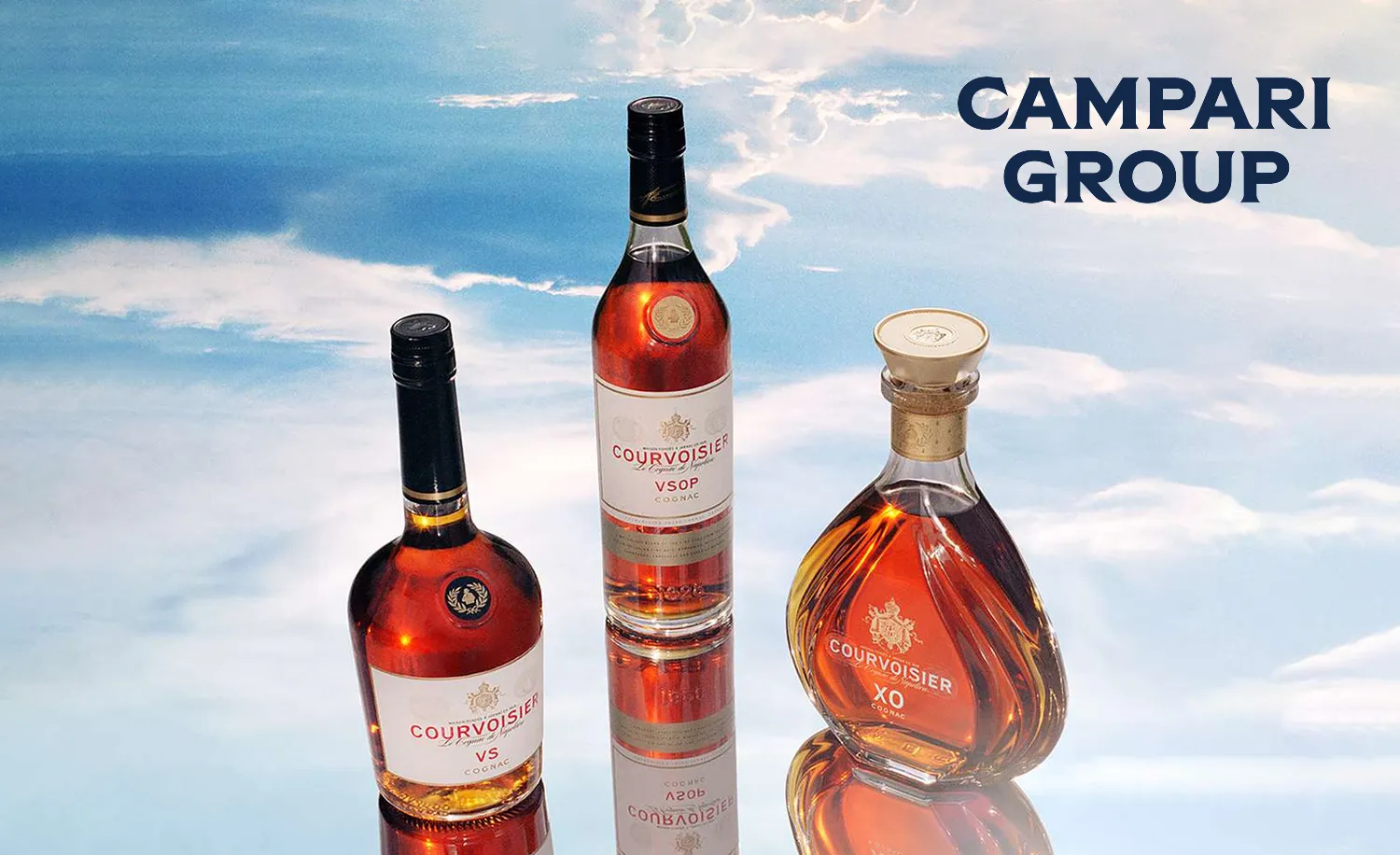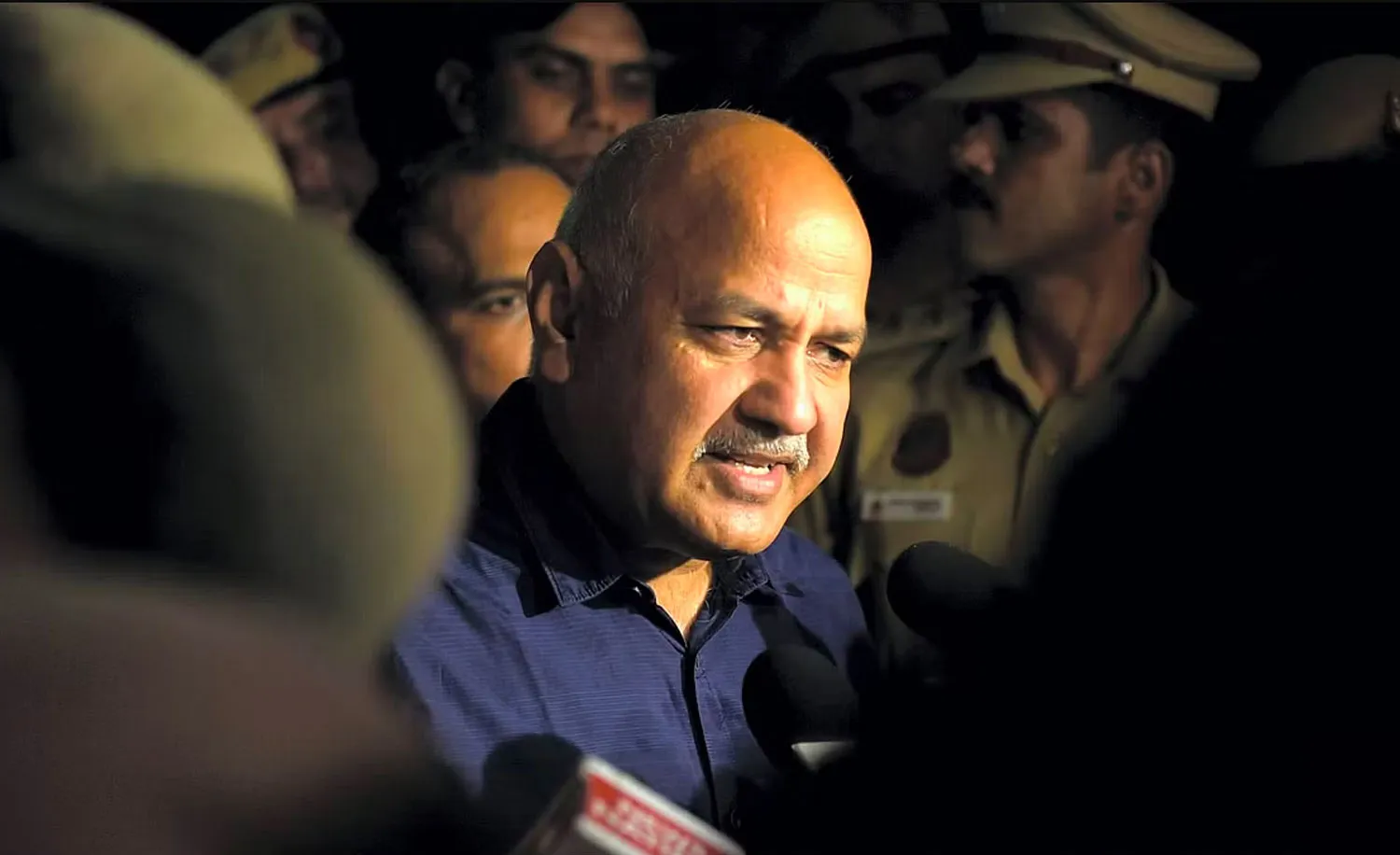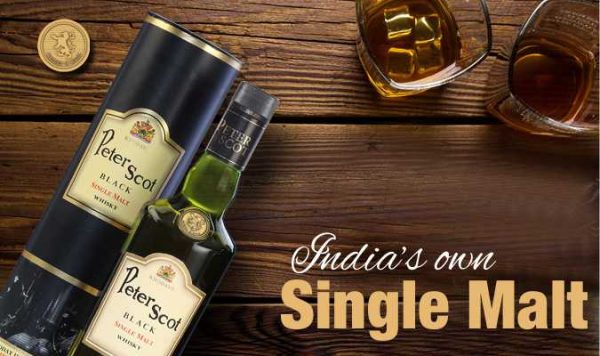Consumers demonstrated a wish for upgraded Champagne

After the shock of the first global lockdown, Champagne sales began to rise again and 2020 ended not as badly for Champagne as was initially feared. Despite the pandemic crisis, Champagne remained dear to the hearts of consumers, says Charles Goemaere, Directeur General & CEO – Comité Champagne.
Charles Goemaere says that Champagne was hard hit by the world economic crisis linked to Covid-19. During 2020, it suffered a historic drop in shipments which was 18 percent by volume and 17 percent by value.
Even if the sales of Champagne suffered for a few months, the vineyards needed to be maintained and the wines to be elaborated. Some bottles ready to be shipped were kept longer in the cellars. But this was not a problem for Champagne. “Due to the elaboration process including ageing period, Champagne is used to deal with at least 4-5 years of sales in stock,” reveals Charles.
Incentives and Excessive Stocks
To mitigate the negative impact, the French Government planned deferrals of income tax returns, payment of direct taxes and also VAT and social taxes arrangements. It also compensated the salaries for the employees of companies who were forced to use temporary unemployment measures, and offered a state-guaranteed loan to requesting companies.
As for the wine industry, the French government authorised ‘crisis distillation’ of wines in order to avoid excessive stocks. However, crisis distillation was not used in Champagne since Champagne regulation induces several years’ stock.

“To avoid excessive stocks, Comité Champagne adopted a vigorous decision and reduced the authorised yield for 2020 harvest down to 8,400 kg of grapes/hectare (compared to 10,000 kg/ha in the previous years). In 2020 there was a fantastic harvest to crop, both in quantity and quality, and it was a real courage, almost a sacrifice for many growers, to leave half of the grapes in the vines. This self-regulating illustrated the strong resilience of Champagne’s inter- professional organisation,” he disclosed.
However, after the shock of the first global lockdown, Champagne sales began to rise again and 2020 ended not as badly for Champagne as was initially feared (-25 to – 40 percent expected but there was ‘only’ -18 percent).
Regarding the workforce in the Champagne industry, growers are working all year long, but it is usually temporary staff (such as students), which is recruited to work in the vineyards in the busy periods for trellising or pinching and grape picking. “There was no such employment in 2020, except for harvest time. Administrative and commercial staff accepted to work in the vineyards and there were no layoffs in the Champagne industry,” informed Charles.
Changes in Consumer Behaviour
For sure, the lockdowns have led to certain changes in consumer behaviour. Instead of buying Champagne at restaurants and bars, consumers now are more inclined to purchase Champagne off-trade or online and rather drink it at home. Despite the pandemic crisis, Champagne remained dear to the hearts of consumers who felt the need to keep something exceptional in their everyday lives; to choose quality wines when so many other pleasures were unavailable at that time. And considering the loss by value (-17 percent) being less than the loss by volume (-18 percent) in 2020, Champagne consumers demonstrated a wish for upgraded Champagne bottles.
He goes on to reveal that 2021 was exceptional for Champagne sales. The highest volume for 10 years (320 million bottles), a record turnover (5.7 billion Euros) and the most dynamic recovery in shipments ever seen (in volume +31 percent as compared to that of 2020, +8 percent as compared to that of 2019; in value +36 percent as compared to that of 2020, +14 percent as compared to that of 2019). Export sales of Champagne stood at 180 million bottles in 2021 (56 percent of total sales) with a +37 percent growth as compared to that of 2020 and +15 percent growth as compared to that of 2019.
Outlook for 2022-23
While discussing production volume of Champagne he elaborates, “Production volume depends on the harvest and it is too early to know. As for sales, the first quarter of 2022 was quite good and Champagne winegrowers and houses are confident about the future although predicting shipments is impossible.”

“As far as Indian consumers are concerned, for them Champagne is a high quality drink and it is positioned in the country as the wine for celebrations. But very high taxes make it very expensive for Indian purchasing power and this has severely impacted its growth in India,” expressed Charles.
“Educational programs about the origin and the varieties of Champagne styles and matching of Indian food with Champagne could be the most efficient push to the drink in the Indian market,” he ascribes.“Champagne is a celebratory wine, but to change a simple moment into an exceptional moment, there is a need to bring a touch of something exceptional in ordinary days. But it would not be so if it is consumed anytime, every day,” he maintains.
Carbon Footprint Assessment
“In the Champagne region, compared with the 30-year baseline average (1961-1990), the temperature has risen by 1.3°C on average. Average rainfall in the region is still 700mm/year. Damage caused by spring frosts has slightly increased despite a drop in the number of frosty nights due to earlier bud burst,” he elaborates. The consequences are already visible and are indeed positive for the quality of the musts. Over the past 30 years, harvests have been starting 18 days early; total acidity reported is 1.3gH2SO4/l and natural alcoholic strength by volume is + 0.7 percent vol.
These beneficial effects may well continue if global warming is limited to a 2°C rise. However, the Champagne region is now exploring ideas that would enable the inherent characteristics of its wines to be preserved in less conducive climate change scenarios.

The Champagne region started to actively focus on climate change in 2003. Champagne was the first wine- growing region in the world to carry out a carbon footprint assessment and identify the main sources of emissions. In 2003, Champagne region came up with an ambitious climate plan and is aiming to cut its emissions by 75 percent by 2050. The initial results are clear to see: the CO2 emissions generated by each bottle of Champagne have been reduced by 20 percent in 15 years.
“Comité Champagne is also engaged in a new grape variety experimental program to find grapes varieties better adapted to climate change,” he says in conclusion.









